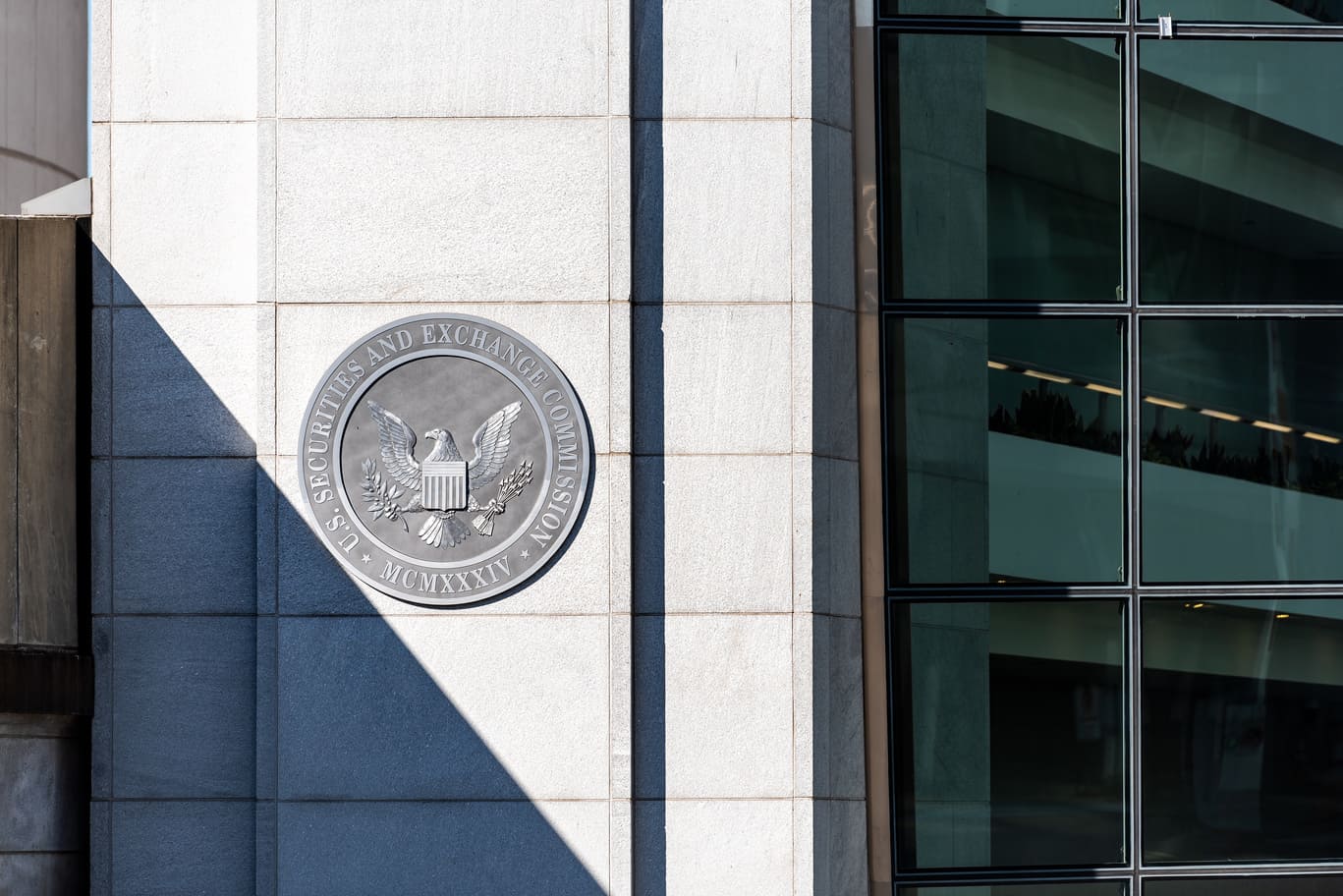
Bitcoin Mining Difficulty Reaches All-Time High
With a sustained increase in mining difficulty over time, many Bitcoin miners are operating at a loss.
The Bitcoin mining difficulty has increased by 6.17%, reaching an all-time high of 55.62 trillion hashes.
This increase comes as the Bitcoin Network hashrate continues to rise, despite past increases in the difficulty adjustment. Contrary to what some may believe, this is usually not good for Bitcoin (BTC).
With a sustained increase in mining difficulty over time, many Bitcoin miners are operating at a loss. The average cost to mine one single BTC has been higher than the average price of 1 BTC in the spot market year-over-year since August 2022. The Bitcoin Network now registers a hashrate of 446.6 EH/s (exahashes per second), with a mining difficulty of 55,621,444,139,429 hashes to find a block.
While there may be short-term negative consequences for Bitcoin’s price, the more significant concern is that many Bitcoin miners may be forced to close their businesses. However, most Bitcoin advocates expect that this could cause the network hashrate to decrease, also decreasing the mining difficulty and allowing small and medium miners to resume operations.
The difficulty adjustment on Bitcoin mining is a protocol feature created by Satoshi Nakamoto to maintain an average interval of 10 minutes between each new block discovered by Bitcoin miners. This adjustment directly impacts mining profitability, as increased difficulty also means increased costs for the activity.





